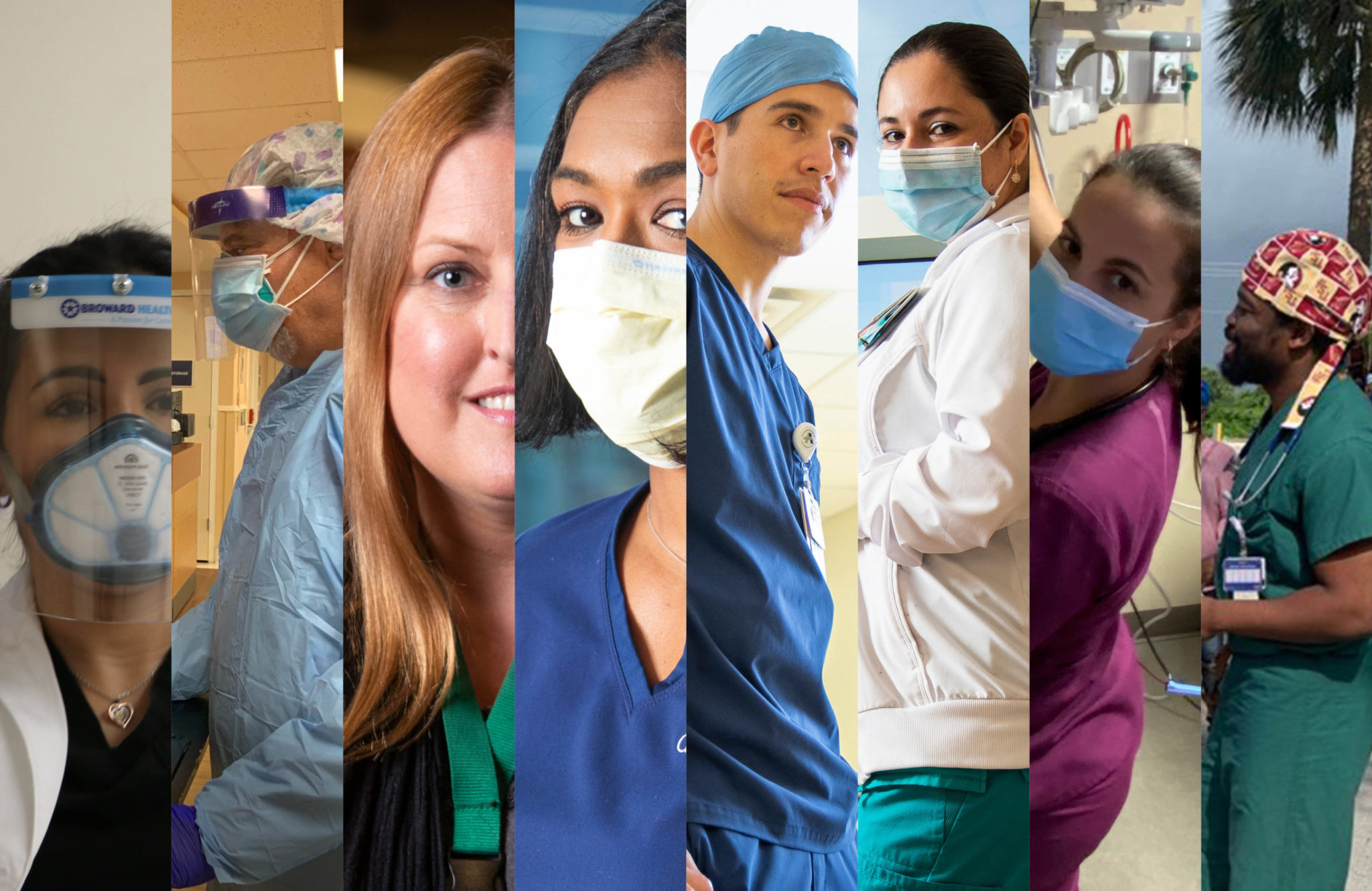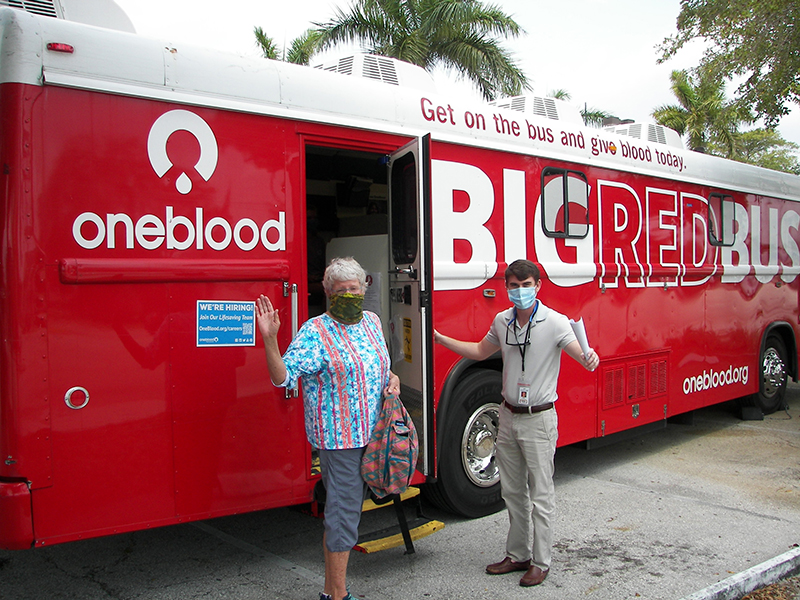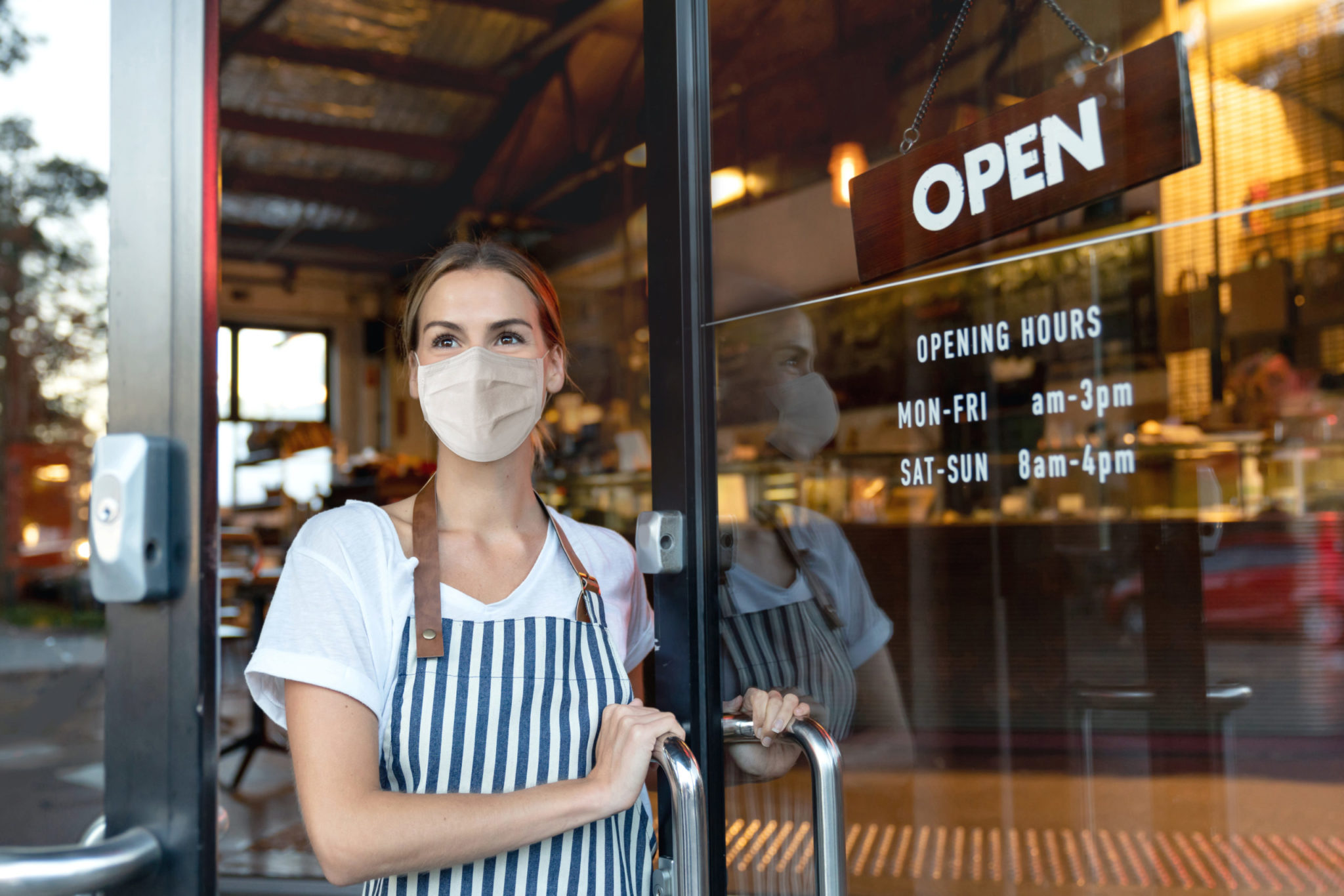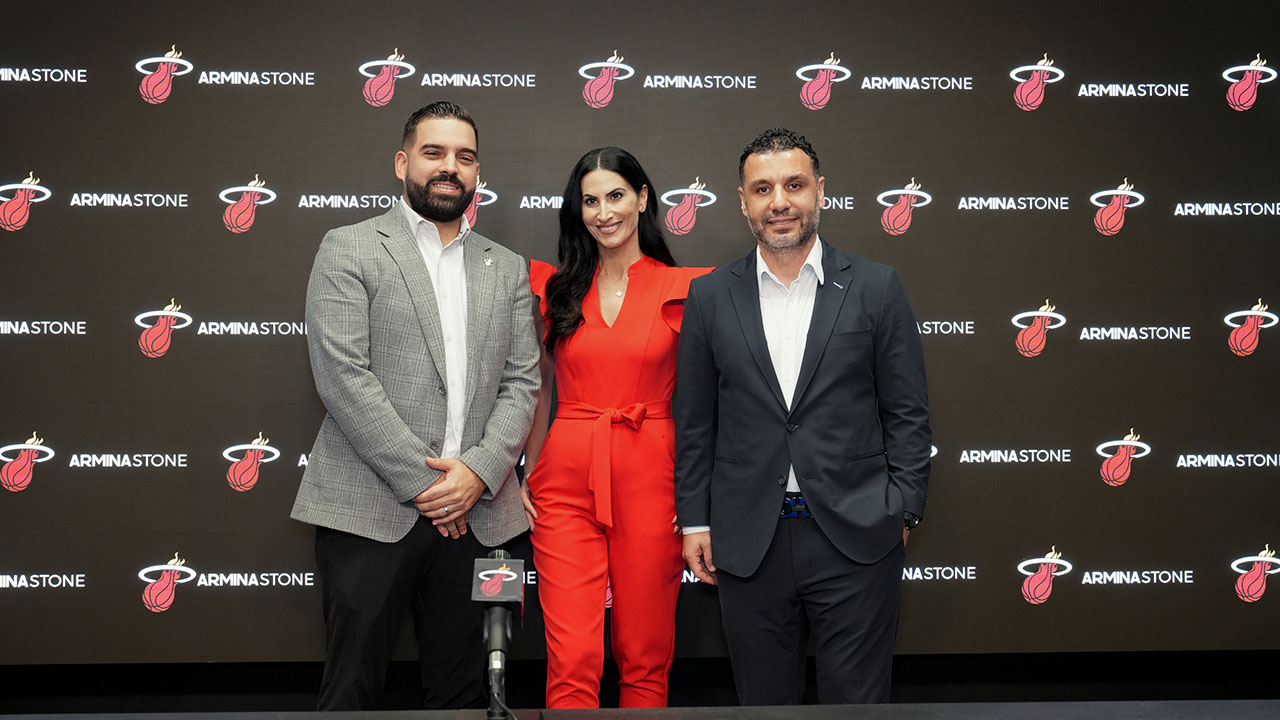As South Florida workplaces reopen, SFBW held a timely “Virtual Connect” interview with John Bernot, chief medical officer of Bravado Health. The West Palm Beach company has developed an app to monitor worker health.
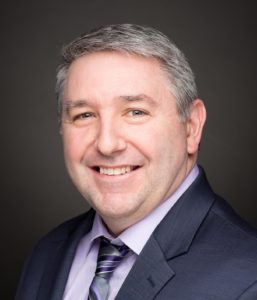
Bernot provides strategic clinical guidance for Bravado’s products and services, ensuring that the company’s vision aligns with the most critical needs of patients and the health care community in general. He is also a practicing family medicine physician in Winston-Salem, North Carolina.
Bernot previously was vice president of quality measurement initiatives at the National Quality Forum and served as vice president of product development and information technology for the Quality Indicator Project, a subsidiary of the Maryland Hospital Association.
Bernot earned a doctorate from the Ohio State University College of Medicine and a bachelor of science degree from Duquesne University.
He was interviewed by SFBW Editor-in-Chief Kevin Gale. Here are highlights, edited for brevity and clarity.
Please tell us about the new app Bravado has developed.
What we have in terms of our application is a really simple tool that employers can sign up for and roll out to their employees. All it takes is a smartphone on the point of the employees. Every day they check in and answer some really basic questions: How are you feeling? How’s your breathing? How’s your temperature? Then we log that information for the employer. It allows them to know who has been screened, who has a screen that’s concerning and potentially gives a message or maybe follow up with that employee.
Anybody who’s listening can try it out, by going to preventcoronaspread.com.
It’s very clear, in both phase one and phase two, that employers should be screening all their employees on a daily basis and I don’t think that’s a message that’s out there. I wouldn’t want to be that organization that has another employee, who maybe is more vulnerable, get sick because they didn’t do anything and they had a work-to-work transmission. In talking to a number of the employee attorneys and reading about this space, the answer of how much you have to do is not known, but the answer is definitely “more is better.” So, if you can’t show that you’ve taken any steps, it’s going to be treacherous territory.
How does the pricing work and do you think health insurers might help support the cost of this for companies?
We’re working on the health insurer side of things and seeing if that’s something that will be picked up by the health insurance providers. The pricing is a very low, monthly per-employee fee and really when you add it up, it comes down to two cents on the day per employee.
How are employees legally allowed to do this?
The American with Disability Act gives employers the ability during a pandemic to have certain rights, one of which is to do screenings, including temperature. EEOC.gov/coronavirus has links to their updated policies about why employers are allowed to do this.
What about the storage of the data?
The ADA does not say that you have to follow any specific guidelines for protecting sensitive health care data, and most employers do not fall under HIPAA, which is the privacy act for care providers and health insurance plans. However, going back to our friends, the attorneys, in the absence of a standard, someone’s going to look around and say, “Well, I hope you did at least as much or close to what HIPAA would have asked you to do with similar information.” One of the things that we take pride in and I hope others when you have this sensitive health care data, you should make sure that somebody knows how to take care of health care data from a privacy point of view, from an encryption point of view. So, something that we take a lot of pride in coming from the health care sector is that I really do understand the HIPAA implications and the implications of storing sensitive information like this.
That precedent isn’t set, but the going standard would likely be HIPAA—it certainly would not be more than what is expected out of the health care providers and the insurance providers. We feel comfortable saying that this is a level of data security that employers should feel comfortable with having us or somebody else who has that level of standards around data feeling comfortable with it.
What are some other steps you think employers should take?
The CDC did have some substantive changes on May 6. They did update their guidelines for supporting the pandemic. That is when the CDC went on record saying that the daily health screenings should apply to employees whenever they’re going back to work. They have some other things about cloth masks that they’re recommending now.
The CDC has many more buckets of things that you can be doing as an employer: How well are you sanitizing your equipment? Are you enforcing social distance within the 6-foot rule? Are there places where protective equipment needs to be worn by certain employees? Education is another pillar that the CDC is making sure employees know what to expect. And then the last one, which is a tough one, is the ability to allow employees to stay home and separate sick employees if they do come into work. And the reason that’s so important is that the CDC as of May 3 had made some other changes in what they recommend for someone who is sick. It used to be that if you were sick, you had to stay out of work for seven days from the first day you had symptoms and the last three had to be fever-free. As of May 3, they’ve extended that to 10 days. So, you can imagine if somebody comes in and has a good three or four other people sick. You’ve lost 30 to 40 people days of those employees right there.
If you do have an exposure, you have to find out who has been exposed to that employee within 48 hours prior to their symptoms. They define an exposure as if that person was within six feet of that other employee for more than 10 minutes, which means that person then needs to take themselves out of the workplace.
If you get exposed, it’s 14 days out of work, not 10 days, so it expands even further because we have to wait to see if they develop symptoms and if they develop symptoms on the 13th day, we start the next counter.
What other businesses does Bravado have, and how did they lead to development of the app?
So, believe it or not, this is actually our first entry in dealing with employers and it came out of need. It wasn’t necessarily the provider was going, “Hmmm. I wonder if the employers want us.” But there’s this void that I mentioned—this intersection between what’s happening in the health care world and now the employers are getting sucked into essentially a health care issue. We spend most of our time working in the past with the actual hospitals and providers. Bravado is not a new company. We’ve been around for over 10 years and actually have a well-developed, I would call it the legacy, system. It does some mechanical work for health care providers, writing prescriptions and discharge instructions and referral.
Over the last few years, Bravado has spent a fair amount of time working on an engagement platform, and we call it Ayva, and it allows us to ramp up things like this for the employers very quickly because we already have the communication vehicle in place. We have the ability to reach out via text message, no downloads, some very simple information that you can register through the software, and start answering questions and that feeds right back to your employer right through a dashboard. So, we had all that structure and so it really was not that difficult for us to be able to get this up and running for the, for the [COVID-19] pandemic.
So, is there a communication function within the app, like, if I say I’m not feeling well. Will the app be used to notify me, or are they still going to pick up a phone and call me or text me?
We have heard we need to do both. So, it can be that the employer wants to say, “If the patient has a fever, I don’t need to call them. The message is very simple: Go home. Don’t come to work—potentially send your supervisor an email or whatever their instructions are.” The other one could be more of a generic that the employer said, “I want them to call. I need to know the information about this. Why are they not feeling well, because they have really bad allergies today or something else that might be bothering them, that they know of a chronic condition or something like that.” So, other employers say, “I want to just be able to say, OK, be on hold. Hang out for now. Somebody’s going to call you from human resources or somewhere within the organization so employers need to have the ability to customize either a message that they want to have sent based on a condition or more of a generic message that allows for the communication to come directly from them.
I hear that Google and Apple are working together on apps as well. How do they function and could they potentially complement what you’re doing with your app?
Based on what they said, they’re working on an application for contact tracing. And I think you’re exactly correct that it would be a complimentary type of service and I’ll tell you why. Contact tracing is something that’s retrospective. It happens after there was a potential exposure, we go through this process of trying to identify who in the past, might have interacted with this person and there’s a couple of ways to do it.
One is the manual way in Florida and many other places are hiring people right now who are very talented, and they are able to as detectives really sift through who you came in contact. But as you can imagine, that’s a very arduous task, sitting idle.
The other option is to do it in an automated fashion. And right now the automated fashion is to be able to say, did my cell phone come in contact with your cell phone for a period of time, typically through Bluetooth technology. And that’s just being stored either locally on your phone or potentially on a server depending on the different models that are made. The great thing about that is, it can handle mass capacity—hundreds of thousands of millions of records without really a lot of trouble. And then I come in and type in mine that I got sick on this day. It just goes back and forth for the last 48 hours and says how many people that I was I in touch with from my Bluetooth device and then people are notified, potentially anonymously, that they might have been around somebody and then they should also begin the process of getting checked and quarantine themselves.
The reason why I think it actually belongs in somebody like Google or Apple is, for this to be effective, we need to have massive scale, because if there was ourselves and 99 other vendors making contact tracing, I could be in a room of 100 people and none of our apps talk to the other one because we’re all using something different. So, we need something on a high, high level of scale.
So, you’re not only working with Bravado, you’re still a family physician. Tell us a little bit about what it’s been like for you?
I’m a part-time practicing family physician and typically have done everything from the well child checks and vaccines to chronic disease to acute conditions. But starting in about March. my particular practice, which is part of a larger system, was starting to say, “OK, how are we going to handle this.” And what my system did in North Carolina was, they actually designated one clinic in the city, and I’m in Winston-Salem, to be a respiratory assessment clinic. It was a model that was shown to work in Singapore. If they had a patient come in with a fever shortness of breath, a cough, they said, “I’m sorry we can’t see you. You have to go to the citywide respiratory assessment center.” I have been working at the respiratory assessment clinic. So, we are seeing all of the fevers and shortness of breath and coughs across the entire city. We do pretty well on the PPE, but nothing close to what we had in the past. We at least are not afraid we won’t have PPE, but we’re using it for many more patients than we ever used in the past. It can be very distressing. No matter how much PPE you have, when a patient known as COVID positive coughs on you, you still feel like it’s an exposure regardless of what you’re wearing. So that that stress has gone across multiple providers, and I think we’re doing a good job though of keeping it contained into one place where the patients know they’re taken care of and everybody’s on high alert, all day long there, but it definitely wears on the health care system for sure.
What are your thoughts on progress being made toward various types of testing and treatment?
The United States testing capacity is certainly going up. We’re still not where the recommended test numbers are. I believe the last number they had wanted in the United States to really feel like we can have a handle on it from testing is something around 900,000 tests a day, and we’re maybe at a third of that right now. So, we’re doing much, much better than we were doing in March, I can tell you we weren’t even testing at our assessment center, unless we thought the patient was that sick to go to the hospital. They could come in with all the symptoms, but we didn’t have the test so we had to save them for the sickest folks. That’s not the case anymore. The tests have seemed to be pretty accurate. We all have our suspicions. There’s still a few people who we scratch our head and say, “Man, I don’t know how this person doesn’t have it. There’s nothing else to explain it, but they keep coming up negative.” But, by and large, I think the tests are getting better on that and we’re getting a better capacity.
The reason to keep that high number of tests is so we can start to see if the number of positives is changing when we keep the denominator the same. Right now we’re still playing with the denominator and changing the population so it’s really hard to say are we just testing the sick ones, are you testing everybody so that should improve.
The flipside of that is the antibody tests, especially for health care workers—have you been exposed already and have you made antibodies to it? There is not data to say you definitely have immunity because you have an antibody, but there would be a strong precedent that other viruses that cause an immune response and antibodies give you some immunity or if nothing else maybe a less severe infection the second time. The test component of the antibodies is something that’s interesting right now. There’s a lot of false positives on the antibody tests and the reason is that in order for a test to have false positives, it has to do with the prevalence and I don’t want to get into the biostatistics because it probably not interesting to the most people, but until we have a higher number of positive antibodies, those tests are less reliable. It doesn’t mean we shouldn’t do them, but we have to take them with a grain of salt that they might be false positives on those. As that number moves up, the test become more reliable and it’s just due to statistical equations.
I think we’re on the same page. When I look at testing and positive cases I’m not quite sure if this is really a spread or we’re just doing a better job of diagnosing cases because we’re doing more testing now. Is that sort of where we’re at?
I think you’re completely correct. What we’re seeing in a lot of places right now with the increase in cases is simply due to an increase of testing. One of the governor’s three metrics in Florida is to look at symptoms—how many people are presenting to the emergency room or to other clinics with fevers, shortness of breath and coughs. If we see those numbers start to creep up, we need to be concerned regardless of what the tests say.
So my final question is: We don’t have a vaccine for HIV and we’ve been trying for decades, although there are effective treatments now. Do you think something to prevent COVID-19 will be easier to achieve than an HIV vaccine?
This is my opinion, and I’ll give you a little bit of insight into my rationale, too. So, for HIV, there’s a couple things that were a little different. One, it is a virus that has a high degree of mutation, and that makes it harder to chase down a vaccine. The other thing is, HIV due to the way it spreads, did not have the prevalence that this COVID virus is showing, especially in a short amount of time.
Countries across the world, they don’t put as much resources toward an HIV vaccine. And so with those two things, in my opinion, the likelihood of a coronavirus vaccine is more likely than HIV due to the amount of money and resources and due to the fact that so far it has remained a relatively stable virus, meaning the mutation has not been traumatic so far.
There’s a number of vaccines that are going pretty well right now in the trials. The tests on some primates as well as in the test tubes have been actually pretty reassuring on a few vaccines.
The vaccine is the furthest ahead right now is the Oxford vaccine out of England. Right now it’s a little ahead of a couple of the American companies, and they are due to enter where we want to go into these phase trials and get into the phase three. They’re actually hoping that they might know if their vaccine works as early as September. September would be if everything works out well. They might have a million doses ready. Now, again, that sounds great but then you’re looking at a [world] population of seven-plus billion and it may take two doses to get the immunity on these things.
My understanding is, and it’s a little out of my territory, but there’s only a few companies that have the capacity to crank out even tens of millions of vaccines in a month. But let’s say best case we had something in September and then it would still take the remainder of 2020 to really get up any volume of vaccines. There is a proposed model that they would go to the health care workers, followed by the vulnerable populations, which means we’re rolling into 2021 before we get into any sort of mass vaccination program.







